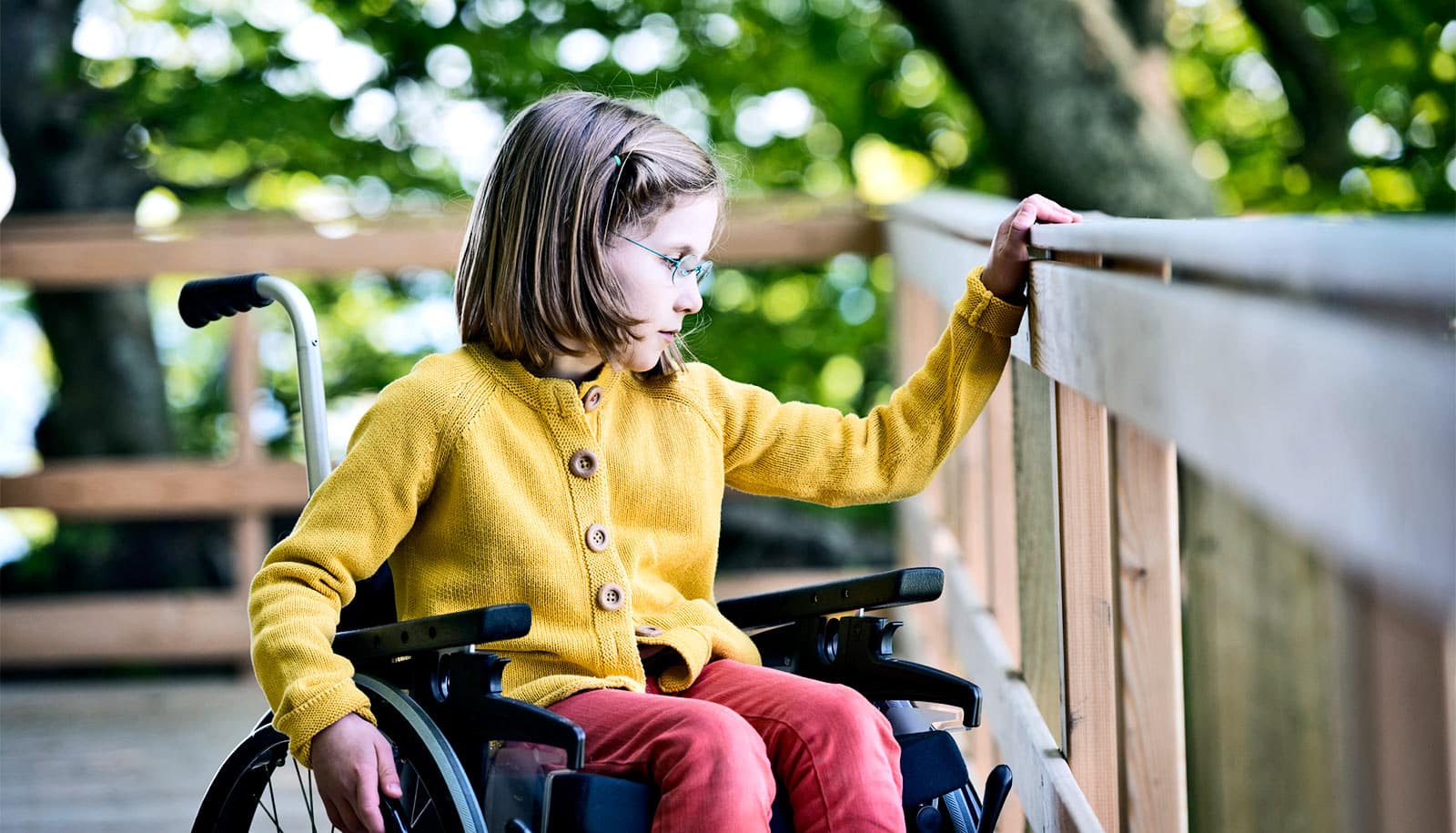Nerve transfer surgery may help children with a rare yet frightening disease known as acute flaccid myelitis (AFM) that causes paralysis.
At Brandon Noblitt’s first appointment with surgeon Amy Moore a year ago, he was barely able to walk, mostly using a wheelchair to get around. Only 6 years old at the time, Brandon had come down with a cold. A week later, he was unable to move his right arm and leg.
“One Saturday, I woke up and tried to get out of bed but just collapsed…”
“One Saturday, I woke up and tried to get out of bed but just collapsed,” Brandon says. “I realized something was seriously wrong.”
Doctors diagnosed Brandon with acute flaccid myelitis. Researchers believe a common enterovirus that leads to a respiratory infection may cause the condition. In some cases, the virus also may attack the spinal cord, paralyzing the upper and/or lower extremities and possibly even compromising a child’s ability to breathe.
Moving nerves
In 2018, there were 201 confirmed AFM cases in the US, according to the Centers for Disease Control and Prevention. Children only have a one in a million chance of the condition affecting them.
Doctors referred Brandon, who lives in Greenville, South Carolina, to surgeons at Shriners Hospitals for Children-Philadelphia. They performed nerve transfer surgery to improve function in his arm.
The procedure involves transferring nearby functioning nerves to the paralyzed area, supplying new nerve signals to the damaged area, potentially restoring function. Recovery is slow and requires a significant amount of physical therapy.
For his leg, though, Shriner’s doctors referred Brandon to Moore, an associate professor of surgery at Washington University School of Medicine in St. Louis. She and her colleague Thomas Tung, a professor of surgery, performed similar nerve transfers in the lower extremities of patients who had car accident or gunshot wound injuries.
“As a peripheral nerve surgeon, I perform nerve transfers all over the body to restore function,” Moore says. “But my recent focus has been on the lower extremities.
“My colleagues in Philadelphia had been treating patients with AFM for the upper extremities and thought of me and my expertise with nerve transfers in the lower extremities as someone who could help these patients restore function.”
Moore, who works in the plastic and reconstructive surgery division, has now performed nerve transfer surgery on 12 children with AFM.
Hopeful signs
She and Tung performed the procedure on Brandon to stabilize his hip. AFM was preventing him from standing and walking, so Moore transferred an extra nerve from the area that controls the movement to the toes to the area key to allowing his hip muscle to activate. She also moved extra nerves from his abdomen to his leg so it could once again straighten.
“There’s a window where function can come back,” says Moore, noting that nerves grow back very slowly—a millimeter a day, an inch a month, and a foot and a half a year. “We hope within 18 months the muscle is moving again.”
“As a mother of three, I could really relate with these parents and the heart-breaking nature of this diagnosis…”
Most of the nerve transfer surgeries Moore has performed in children with AFM occurred in the last year, so she is awaiting results for many. Others, like Brandon, already have demonstrated significant improvements. “Children who had no motion can now bend an elbow or a leg,” Moore says.
At Brandon’s follow-up visit a year after his surgery, he was no longer in a wheelchair. “Brandon walking is new, and that’s really incredible and a tribute to him, his effort, and his family,” Moore says.
“As a mother of three, I could really relate with these parents and the heart-breaking nature of this diagnosis,” she says, adding that while the procedure may restore some function, she can’t promise that she can restore all of it.



